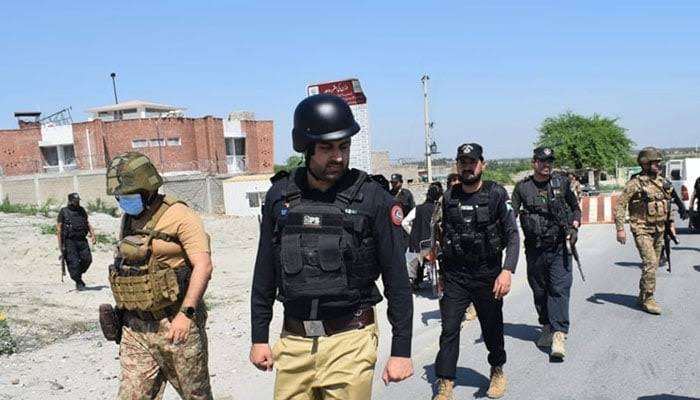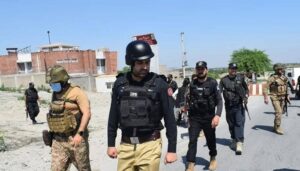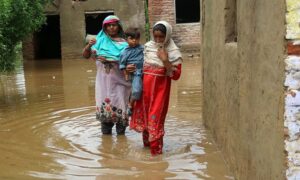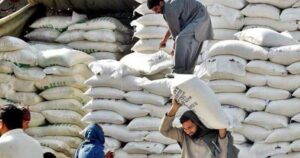PESHAWAR – As terrorism resurges in Pakistan’s north-western regions, the country’s anti-terror response appears more divided than ever. In Khyber Pakhtunkhwa, a province long on the frontline of the insurgency, the political leadership is now locked in confrontation with the federal government over how to handle the threat.
During a recently convened all-parties conference (APC) in Peshawar, Khyber Pakhtunkhwa Chief Minister Ali Amin Gandapur made a pointed statement: “Let institutions guard the borders—let us govern the province.” He declared that there is no room for the hardline militant group, Tehrik-i-Taliban Pakistan (TTP), or any militant sympathisers in the region, and announced the recruitment of 300 police personnel through local tribal elders to restore peace in the merged districts.
Also Read: ANP’s National Peace Jirga Calls for Judicial Probe, Peace Talks Amid Rising Insecurity In KP
But just hours later, Prime Minister Shehbaz Sharif hosted a separate meeting with tribal elders in Islamabad, led by Jamiat Ulema-e-Islam (F) chief Maulana Fazlur Rehman. The stated goal was the same, peace in the merged districts, but the tone and strategy sharply contrasted with that of the provincial government. This parallel approach highlights the deepening disconnect in Pakistan’s counterterrorism coordination.
Minister of State for Interior Talal Chaudhry downplayed the idea of any fresh military operation in Khyber Pakhtunkhwa. Speaking to a private television channel, he emphasised that all institutions were simply enforcing the National Action Plan (NAP), a 20-point counterterrorism framework agreed upon in 2014 after the Army Public School attack. He accused the provincial government of lacking the essential infrastructure—CTD (Counter-Terrorism Department), forensic labs, Safe City projects, to effectively combat terrorism.
Also Read: Another Voice Silenced: ANP Leader Maulana Khanzeb shot dead in Bajaur
The federal-provincial clash intensified further when Federal Interior Minister Mohsin Naqvi cryptically questioned how much money, if any, prominent individuals in Khyber Pakhtunkhwa were paying monthly to the Taliban. His comments implied complicity—without evidence—stoking further tension between Islamabad and Peshawar.
Amid these accusations, opposition parties have also drawn criticism for their selective engagement. Though they actively participated in behind-the-scenes negotiations to divide Senate seats with the ruling PTI-led government, they opted to boycott the provincial APC on law and order—raising questions about their commitment to public security.
Observers see a dangerous erosion of consensus once upheld under the National Action Plan. Unlike the unity shown in 2014 following the APS massacre, Pakistan’s political forces today appear splintered. With federal and provincial institutions pointing fingers instead of joining hands, the risk of policy paralysis grows.
Also Read: Who Was Mufti Munir Shakir? A Look at His Tumultuous Life and Violent End
In the face of an evolving terror threat, this fragmentation is ominous. As the metaphor goes, “every branch has its own owl now”—an image reflecting the creeping dysfunction across the political landscape. Without cohesion, the very purpose of a unified anti-terror strategy falters.
Pakistan’s struggle against terrorism cannot afford such disunity. The federal and provincial governments, security forces, and intelligence networks must operate in synchrony.
Counterterrorism is not a provincial matter alone—nor can it be managed from Islamabad in isolation.
The story of the dying father who asked his sons to break a bundle of sticks—together unbreakable, apart fragile—still holds a timeless lesson. If Pakistan’s political and security leadership revisits that fable, they might just find the wisdom they need to stitch together a coherent front against terror.












